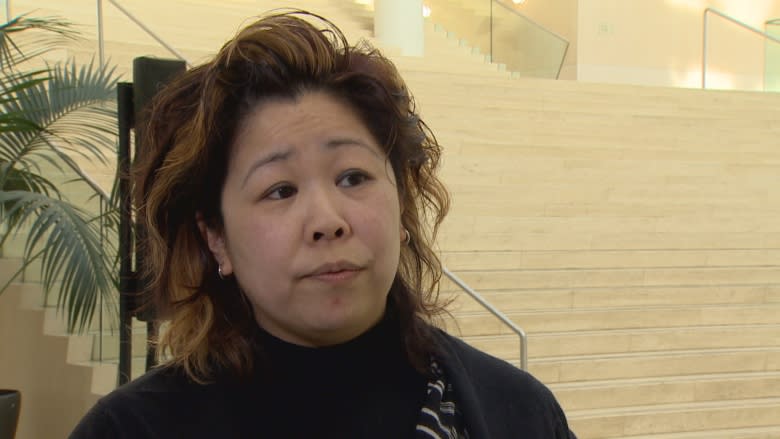Study of sexual assaults in Edmonton shows 72 per cent don't result in criminal charges
A study of sexual assaults reported to Edmonton police shows 37 per cent are committed by strangers and 72 per cent do not result in charges, according to a report presented Thursday to the Edmonton Police Commission.
Sandy Jung, an associate psychology professor at MacEwan University, calculated these statistics after reviewing 2,569 reported sexual assaults on victims over the age of 16 between 2010 and 2014.
Edmonton Police Chief Rod Knecht admits sexual assault cases are not easy to investigate.
"The biggest challenge we have often times is witnesses, independent witnesses; physical evidence. You sometimes have two crime scenes or an unknown crime scene. We know if somebody has been drugged, that creates all kinds of problems," said Knecht. "They are difficult investigations from start to finish."
Jung found there were "identifiable perpetrators" in 34 per cent of the 2,569 reported sexual assaults she studied.
She found 37.1 per cent of the assaults were committed by a stranger. Another 42.3 per cent of the cases involved someone known to the victim who was not a family member.
The report also revealed that 93.3 per cent of reported assaults were committed by male perpetrator on a female victim and 26.5 per cent involved a white perpetrator and victim.
Most of the assaults occurred in a public setting (38.7 per cent) or in the victim's home (32.3 per cent).
Twenty-seven per cent of victims reported being assaulted while unconscious, meaning they were asleep or passed out due to alcohol or medication.
'Does that mean I shouldn't pass out?'
"Twenty-seven per cent is quite a significant number when we think about victims who are in a vulnerable position," said Jung. "We hear about this a lot south of the border. We also hear this about sexual assaults on campus as well.
"So we're talking about a certain population that are more vulnerable to this just given their age, given their circumstances," she said.
"So that's a little concerning because we see this large number that kind of scares people when they think that 'does that mean I shouldn't pass out? I shouldn't drink and have fun?' It doesn't mean that at all. It just means there are perpetrators out there who will take advantage of that opportunity."
Overall, the number of reported sexual assaults increased by one per cent every year between 2010 and 2014 but Jung believes that could be because more victims are coming forward.
Jung also looked at the use of risk assessment in policing. That involves using existing information to determine the likelihood that a perpetrator will re-offend. Jung believes it could be key to prevention and help police with resource allocation.
"Let's try using something that's empirically validated, something that we can actually identify perpetrators, that small percentage that will go on to actually reoffend again," said Jung. "Let's pursue those individuals a little more beyond the investigation.
"If we can identify that sub-sample and we monitor them more, we make sure that bail decisions are based on that risk."
Knecht said he is grateful for the report and thinks it will help.
"It's in an area that's very, I think, important to us and there's a lot of unknowns around that so I think she's cleared up a lot of that stuff," said Knecht.
"I think now we'll go back and we'll digest it a little further and work with her but in its infancy, it will assist us a lot in keeping Edmontonians safe."



